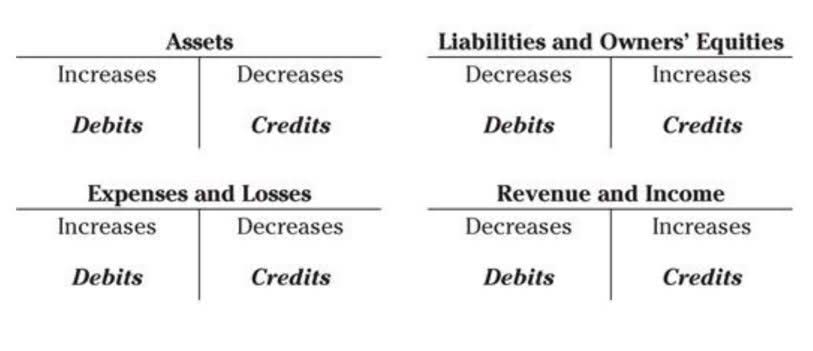
While a negative working capital reflects the financial difficulties of the business to settle its short-term debts and on the verge of closure if the trends continue for a longer time. Current liabilities are a company’s debts or obligations that are due within one year or within a normal operating cycle. Some examples of current liabilities; money owed to suppliers in the form of accounts payable, short-term loans, lines of credit, accrued liabilities, and other debts such as credit cards, trade debts, and vendor notes.
Until the payment is fulfilled, the cash remains in the possession of the company, hence the increase in liquidity. But it is important to note that those unmet payment obligations must eventually be settled, or else issues could soon emerge. Since the company is holding off on issuing payments, the increase in payables and accrued expenses tends to be perceived positively. Therefore, the impact on the company’s free cash flow (FCF) is +$2 million across both periods. Since we’re measuring the increase (or decrease) in free cash flow, i.e. across two periods, the “Change in Net Working Capital” is the right metric to calculate here. Net working capital is a tool used by small business owners better to understand the current financial situation of their enterprise.
Positive and Negative Working Capital
Different types of businesses require different levels of working capital to run smoothly. All content on this website, including dictionary, thesaurus, literature, geography, and other reference data is for informational purposes only. This information should not be considered complete, up to date, and is not intended to be used in place of a visit, consultation, or advice of a legal, medical, or any other professional. Additionally, NWC changes often, and some companies have a seasonality to their business — one part of the year requires relying on financing, while another part is booming with profits. Before looking outside, you should really try and optimize everything inside. There are certainly “housekeeping” tasks for improving your balance sheet.

Mr. Arora is an experienced private equity investment professional, with experience working across multiple markets. Rohan has a focus in particular on consumer and business services transactions and operational growth. Rohan has also worked at Evercore, where he also spent time in private equity advisory. It’s vital to work with suppliers and financiers to win better payment terms. You can extend rewards and special offers to customers who pay on time.
Common Drivers Used for Net Working Capital Accounts
So, NWC is sometimes tracked periodically and graphed to show a company’s trends. On the other hand, some companies only occasionally use NWC to get a quick snapshot of the business’ health. Changes in working capital are presented in the company’s cash flow statement. These changes can signal the management about improvements that should be made, such as product streamlining or negotiating new terms with suppliers. Net working capital (NWC) is a metric to assess a company’s capacity to settle short-term debts.
In addition to using different accounts in its formula, it reports the relationship as a percentage as opposed to a dollar amount. For example, say a company has $100,000 of current assets and $30,000 of current liabilities. This means the company has $70,000 at its disposal in the short term if it needs to raise money for a nwc meaning specific reason. However, negative working capital could also be a sign of worsening liquidity caused by the mismanagement of cash (e.g. upcoming supplier payments, inability to collect credit purchases, slow inventory turnover). In such circumstances, the company is in a troubling situation related to its working capital.
Net Working Capital: What It Is and How to Calculate It
For a company to function and run its operations seamlessly, it’s important that a business owner keeps an eye on net working capital. Net working capital is nothing but the difference between a company’s current assets and current liabilities. When a positive net working capital is derived, it means that a company has enough funds to take care of their current financial needs or obligations. Not just that, but a positive working capital also helps business owners forecast their future and make wise investment choices. Working capital is also a measure of a company’s operational efficiency and short-term financial health.
- If a company’s change in NWC has increased year-over-year (YoY), this implies that either its operating assets have grown and/or its operating liabilities have declined from the preceding period.
- This typically includes cash and cash equivalents, such as checking, savings, and money market accounts.
- For instance, suppose a company’s accounts receivables (A/R) balance has increased YoY, while its accounts payable (A/P) balance has increased under the same time span.
- Populate the schedule with historical data, either by referencing the corresponding data in the balance sheet or by inputting hardcoded data into the net working capital schedule.
- This is different from working capital, also called net working capital.